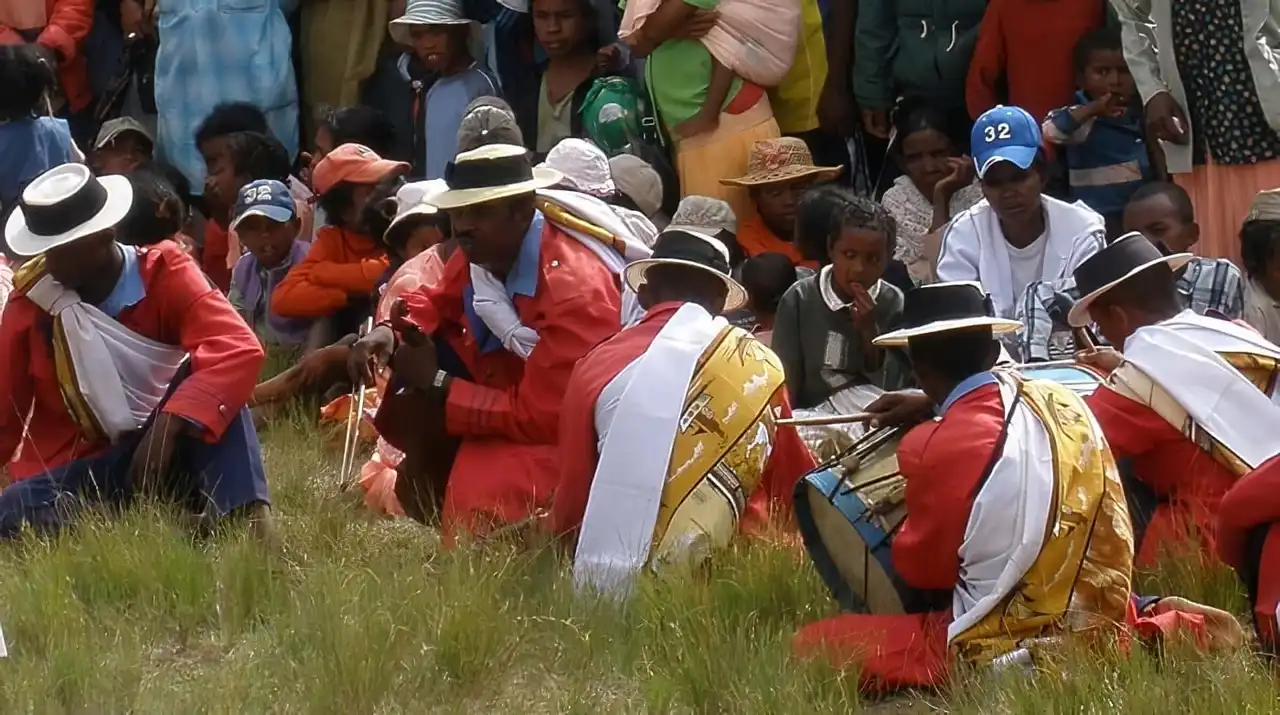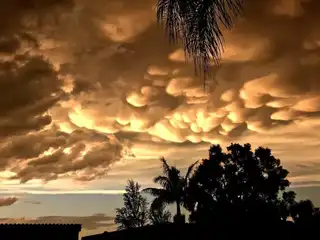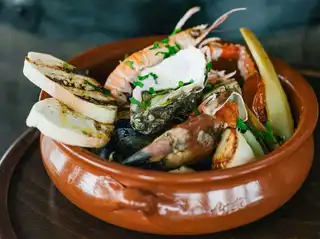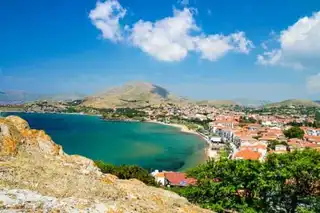A country, ten eight ethnic groups and a wide range of strange and cosmopolitan customs, Madagascar continues to amaze us with sometimes bizarre, if not extravagant rituals, that its people inherited from their ancestors from all horizons and that they still practice today.
In the twenty-first century, many of Malgaches still adopted the "fombas", Malagasy traditions. For any event, their main concerns turn around the “Fihavanana” (the social link). During important holidays or not, they communicate through the "kabary" , speeches and palabres where the words to be issued are carefully chosen.
The rites of old still practiced today
According to historians, the population of Madagascar is the result of many populace, including immigrants from Indonesia, Malaysia, Africa, Arab countries and European colonialists. This is why we meet in this vast country with the dimension of a continent of thousands of traditional rites.
The ala volon-jaza
In the tribes of the Malagasy highlands, it is customary to practice the “jaza volon” with a baby who has reached his third month. This is the first haircut of the newborn. This family ceremony is the subject of a special celebration. It brings together the whole great family. The person charged with hair cutting is not anyone. It will be carefully chosen by the family mother.
She must be a well-bearing person and have a beautiful hair. One of the prerequisites for a baby’s haircut is not to be an orphan of a father or mother. According to beliefs, the baby will inherit its qualities. A meal consisting of saonjo, rice and honey to which lately cut down ends are seasoned, closes the ceremony.
♪ fombas Sakalava
The Sakalava (ethnic group of the southeastern Malagasy region) also have « fombas » Intransigent. In order to enjoy the authority over the baby who will be born, the future father of the family must offer a red cock to his stepparents before his wife’s pregnancy reaches six months. After delivery, he is obliged to return a zebu to his wife’s parents. Without this, the child who has just been born will be the indivisible property of the mother and her family. In the event of death, there is no question of burying the child in the family tomb of his/her child.
The fihavanana
With all the respectful Malagasy, the « Fihavanana » is the social bond that brings together society as a whole. It is essential to preserve it. Everyone gives hands for any event that occurs. Birth or disease? Success of a project or mourning? Jewellery and punishment must be shared by families, close and knowledge.
It is customary to inform the large family, the neighborhood and the whole neighborhood for anything. Without it, the community believes that collective solidarity is being ignored. Collective or social cohesion? The Malagasies have an innate sense of mutual assistance and share everything.
The rule governing social life in Madagascar is as follows: « Aleo very tsikakalam-bola toy izay very tsikalakalam-pihavanana » which literally means "it is better to be deprived of everything, property and money, than to lose fihavanana."
Main photo credit: Wikimedia – Lemurbaby








Loading comments ...